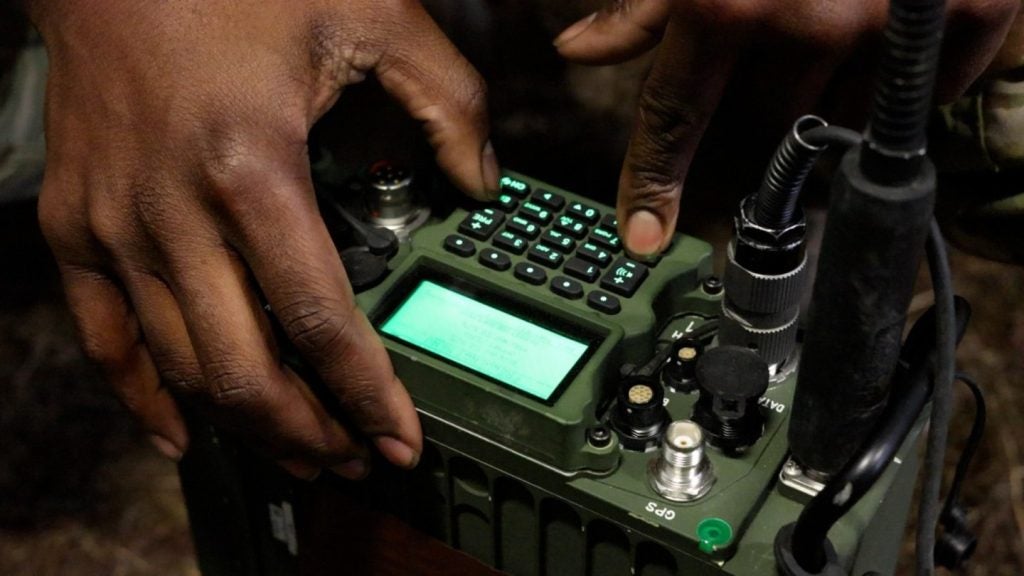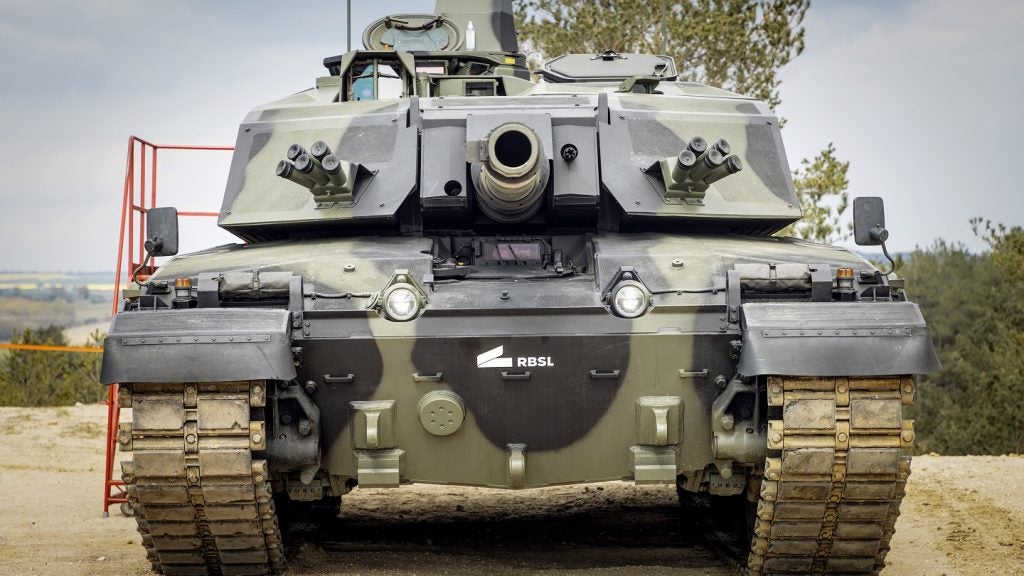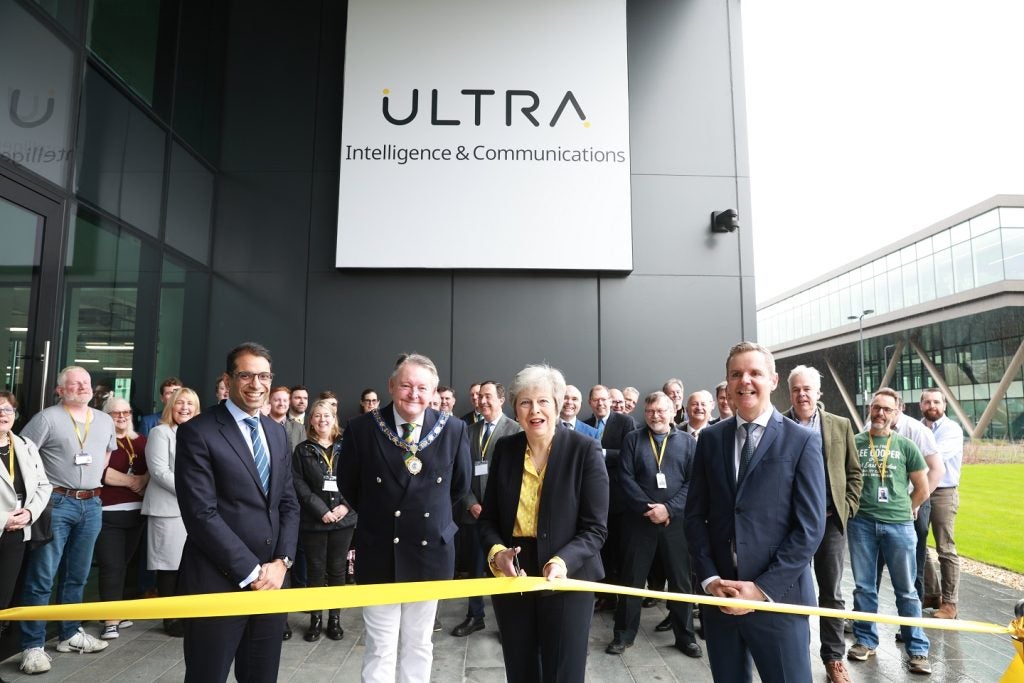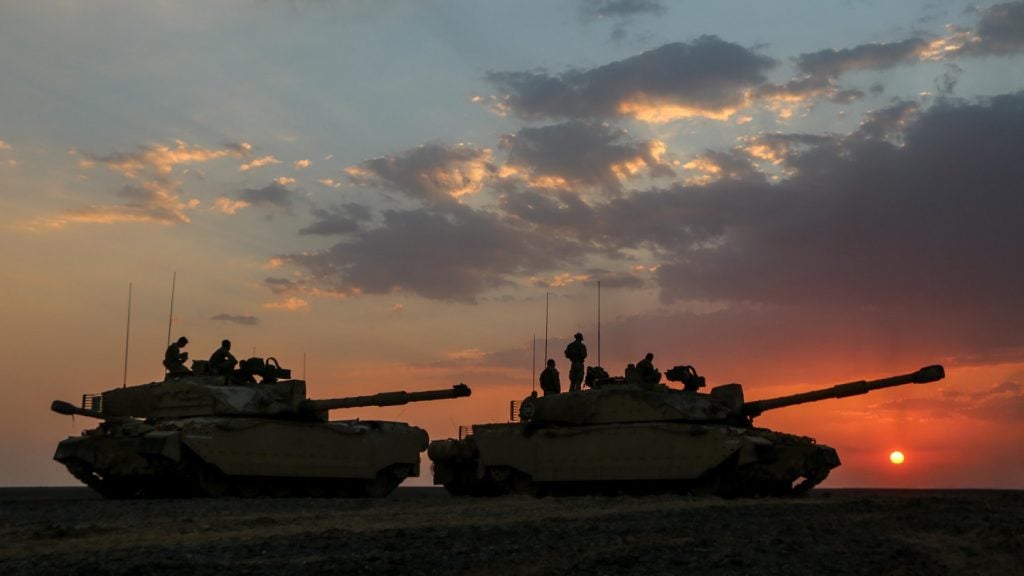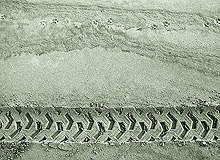
There were no military communications available to the rebel forces at the outset of the Libyan civil war, but a recent press report described how, on the outskirts of Misrata, a rebel scout scoped out an enemy position with a pair of binoculars.
Its precise location was reported back to the head of the mortar team, who turned to his laptop, opened Google Earth and accessed a map on which all allied and enemy positions were marked.
The software allowed him to ascertain the distance between any two targets to within 1m accuracy and, with help from a mortar-ranging table, calculate the right angle at which the weapon should be fired.
Bringing up the compass application on an iPhone, he lined up the handset alongside a mortar barrel, repositioned accordingly, inserted the round and fired it into the sky.
This civil war has been defined by such scenarios. The ongoing conflict between rebel forces and those of Colonel Muammar Gaddafi has been a watershed for defence communications and IT.
See Also:
The line between civilian and military has become blurred, with a great variety of consumer technologies being successfully deployed in the theatre of war.
How well do you really know your competitors?
Access the most comprehensive Company Profiles on the market, powered by GlobalData. Save hours of research. Gain competitive edge.

Thank you!
Your download email will arrive shortly
Not ready to buy yet? Download a free sample
We are confident about the unique quality of our Company Profiles. However, we want you to make the most beneficial decision for your business, so we offer a free sample that you can download by submitting the below form
By GlobalDataIn the view of John Terrington, communications and information infrastructure practice leader at QinetiQ, this has significant implications for the way that defence technology developers approach their role.
From its beginnings as part of the UK Ministry of Defence, QinetiQ’s communications-based projects combine military and commercial inspiration to improve battlefield communications.
“The crossover point between military and commercial technology is becoming less defined all the time,” he explains. “For example, traditional defence companies are now producing multiband radios that also allow you to access the waveforms associated with the police, fire and ambulance services. It’s only a relatively small step from there to incorporate the military. Improving situational awareness on the battlefield is at the heart of many of the things we do, and commercially available capabilities and standards can help achieve this.”
Tech that fits
Learning lessons from the consumer sector is not just a benefit, but an increasing necessity. The difficult conditions encountered in Iraq and Afghanistan require an unusually high degree of operational mobility, which places restraints on the complexity of communications apparatus. In these conflicts disparate, variously sized bases with austere infrastructure are used as platforms from which mounted patrols can be carried out. Top-heavy military communications systems, which have been the norm for many years, are not suited to this type of operation.
“Most armed forces, particularly Western ones, have a legacy system designed to support traditional hierarchical communications,” Terrington explains. “These set-ups effectively tie the bandwidth needs of troops to their level of command. There is now a requirement for up-to-the-minute information from troops at the lower levels of command, which the current system isn’t built to provide.”
These increased bandwidth demands at the lower hierarchical end have been met by a profusion of temporary fixes, such as the creation of new satellite and line-of-sight links. This has led to communications networks becoming considerably more complex, a challenge exacerbated by the need to share information between various military partners, each with their own information systems.
“In its expanded form, the network has helped to improve short-term information, but has complicated the ability to pass information from one part to another,” Terrington says. “Operations are now performed by coalitions of the willing, which places greater pressure on the spectrum and complicates the security dimension. There is an increased threat to systems of denial of service cyber attacks, not only from the people you might be operating against, but inadvertently your own allies.”
Military smartphone apps
Commercially available technologies, while not without risk, could prove to be a solution to many of these problems. Mobile phone handsets can be as small as they are because their power-hungry element is fixed in a base station, which by necessity manages power and spectrum very efficiently.
As forward operating bases are already acting as communications hubs, they could easily be modified to host commercial telephony in situations where a fixed base is not considered a disadvantage. Things have already begun to move in this direction, with the development of various smartphone applications specifically for the military.
“In recent years we’ve seen the development of applications for civilian systems that cover everything from ordering goods to functions that allow you to improve your situational awareness,” Terrington says.
“Some nations, such as the US, have started trials with handheld devices that can be used to provide translation capabilities or alert them to the presence of other coalition forces in the area.
This has all been enabled by increasingly data-capable fixed infrastructure combined with rapid advances in battery capability. Functions such as 3G and Wi-Fi are of particular interest as they can really help improve the passage of critical information between smart devices.”
For the full benefits of commercial technologies to be felt, the process of adoption will have to be methodical and carefully considered. The use of such solutions could help to alleviate some of the pressure brought about by reduced defence budgets, but there is much still to be done to merge these off-the-shelf solutions with legacy military capability. In Terrington’s view, defence forces need to be careful about where and how they choose to apply these new solutions.
“The adoption process becomes possible if you accept that a move away from traditional systems can dramatically increase capability, while understanding that there is a trade-off to be made,” he explains. “Military systems tend to have recognised waveforms, are designed to be resistant to threats such as interception and jamming, and are built to work in an austere environment. Commercial telephony might not offer all the resilience that the military enjoys in its own dedicated system, but in many cases it might be worth the compromise.”
In order to make any such system work securely and effectively, Terrington stresses the importance of having a simple plan with carefully defined objectives. Time needs to be invested in understanding the technical architecture and how its multiple interfaces contribute to overall performance.
“Management only becomes possible when you start to have network visibility, and security only becomes possible when that management is in place,” Terrington explains. “The rate of change in demand for information requires you to handle that complexity by gaining a simple understanding of what you are trying to achieve, who you are trying to connect and how you can do it in a cost-effective way. Then you can implement technical and procedural interfaces that allow you to do the best with what you’ve got.”
Over the next two years, Terrington sees commercial technologies occupying a large part of his team’s attention. Much time will be spent identifying and testing potential crossover solutions, while keeping an eye on costs.
“Improving situational awareness and ensuring the timely and secure passage of information will remain the focus,” he explains. “Now it’s about taking commercially available hardware and demonstrating how it can be linked to military equipment.
By ruggedising some of these things, we can see what’s viable and how we might help to move defence forces onto a more sustainable footing by reducing costs where possible. What the rebels are doing in Libya is just one example of what’s possible using infrastructure that is already there.”
Such solutions have proved so successful in Libya that Nato is reportedly using the data collected by rebel forces to help target its air strikes. With the nature of conflict becoming increasingly mobile and fragmented, this approach is sure to gain traction.
This article was first published in our sister publication Defence & Security Systems International.



